Mountain Coasters - A History
This is a subtitle for your new post
Mountain Coasters: A History
An Alpine Coaster, also known as a Mountain Coaster, is a roller coaster that uses a bobsled-like car to travel a track usually built on the side of hills. In Germany, this type of coaster was known as Sommerrodelbobahn and was constructed on ski slopes to give a great summer activity.
Unlike a typical roller coaster in Branson, a mountain coaster can reach a length of 17,400 feet and has a high elevation. Glacier 3000 in Gstaad, Switzerland, has the world's tallest Mountain Coaster at the height of 9,747 feet. Mountain Coasters are made by various companies, each with unique features.
The Alpine Slide, which first appeared in the 1970s, was the forerunner of the Mountain Coaster. Josef Wiegand had the vision to create a coaster that would be added to various ski resorts and take advantage of the land's topography. Rather than building a structure to make the elevation change that a traditional coaster would require, he and his Rasdorf-based company, Weigand, installed the first stainless track rather than standard fiberglass or concrete.
Another Austrian manufacturer, Brandauer, would develop their alpine coaster, Summer Toboggan, for Austria's Karkogel Resort in 1996 (before Weigand installed their first).
Wiegand Sports GmbH has had its headquarters in Stevensville, Montana, since 2006 to remain competitive and provide service to their North American consumers. In a 30,000 square foot facility, the engineer, project-manage, and store spare parts and supplies. Manufacturing continues in Rasdorf, Germany, where over 350 people are employed; as of 2016, the Montana plant employs 20 workers.
There are 36 Alpine Coasters in America, the first of which was built in Glenwood Springs, Colorado. Alpine Products, a new manufacturer, formed in 2007, went bankrupt in 2010 and was bought by Aquatic Development Group (ADG). Since their purchase, they've partnered with five resorts and become part owners or shareholders. ADG constructed Ober Gatlinburg.
Most mountain coasters are built by ski resorts as an additional year-round attraction or as a seasonal revenue generator during the summer months. All Alpine coaster tracks are designed for easy installation, with low impact on the topsoil and environment. Most tracks are built close to the ground, taking advantage of the terrain's natural incline.
Except for the station, no concrete work is required. Manufacturers build bridges up to 5 meters (16 feet) tall to crossroads, trails, ski slopes, and water crossings. For low maintenance and longevity, tracks are aluminum or stainless steel.
During the voyage on closed-loop rails, there is a lift system. Some ski resort coasters eliminate the long, tiring climb to the top by using their ski lift to transport riders to the top of the course, allowing them to enjoy a more extended one-way downhill run down to the station. Unlike regular roller coasters in Branson, Alpine coasters are always closed-loop coasters.
Thrill components could include varying degrees of curves, dips, and hairpin turns on mountain coasters. Large spiral rings (helixes) are employed for thrills and to a lower height. Alpine coasters can run all year, even during severe weather.
Mountain coasters, also known as alpine coasters, are gravity-driven amusement park rides in which people ride in cars that look like bobsleds and, of course, are built on steep hills or mountains. Unlike regular roller coasters, Mountain coaster cars are designed so that riders may regulate their speed of descent down the mountain. They can even operate in light rain or snowfall. The Branson mountain coaster is the perfect thrill since the Ozarks are full of steep slopes and occasionally uncertain weather forecasts.
Mechanics of the Mountain Coaster
Each sled has one or two seats and is controlled by a hand brake on both sides or a single brake lever in the center. For safety reasons, riders are urged to keep their hands on the brakes at all times. The brake handle is pulled to slow or stop the cart; pressing or letting go of the handle releases the brakes, allowing the coach to accelerate.
Alpine coasters are unique among amusement park rides because the user has complete control over their speed and ride experience. Riders can choose between a slower, more leisurely run or a faster, more exhilarating ride with limited or no braking.
SaFety
Most cars include a centrifugal brake system that limits the rotating speed of the run rollers to restrict the maximum speed. Riders must maintain a safe distance from the riders in front of them as a courtesy. In the event of a collision, each car is fitted with shock-absorbing front and rear bumpers, which occur when riders drive too fast and do not provide enough space for stopping distance. Newer coasters have an anti-collision mechanism that applies the brakes automatically if the rider goes too close to the car ahead.
Unlike the typical roller coaster in Branson, Mountain coaster cars are designed so that riders may regulate their speed of descent down the mountain.
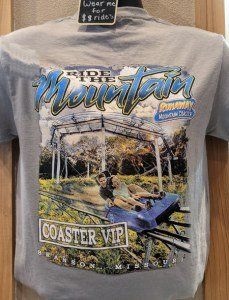
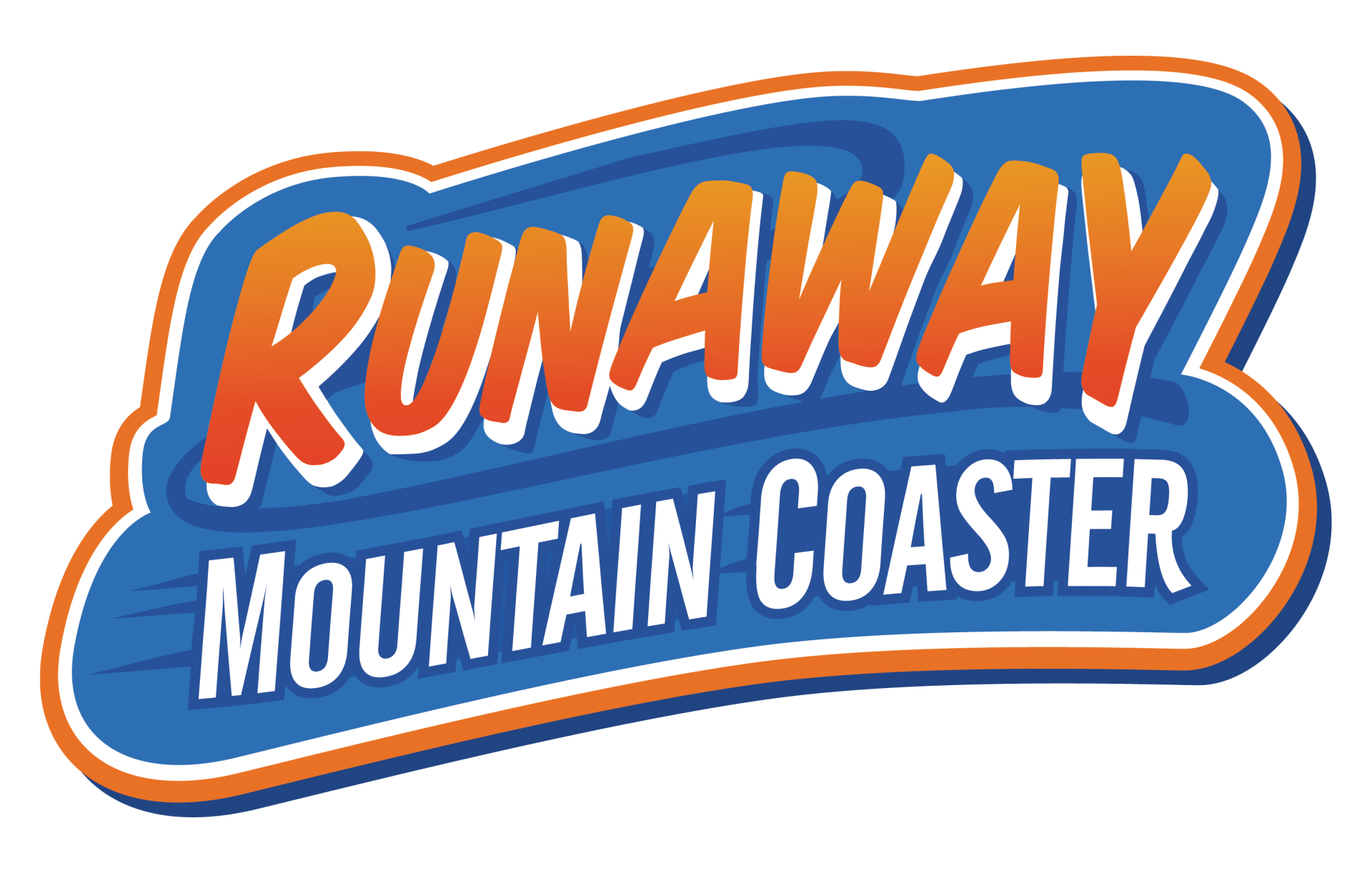
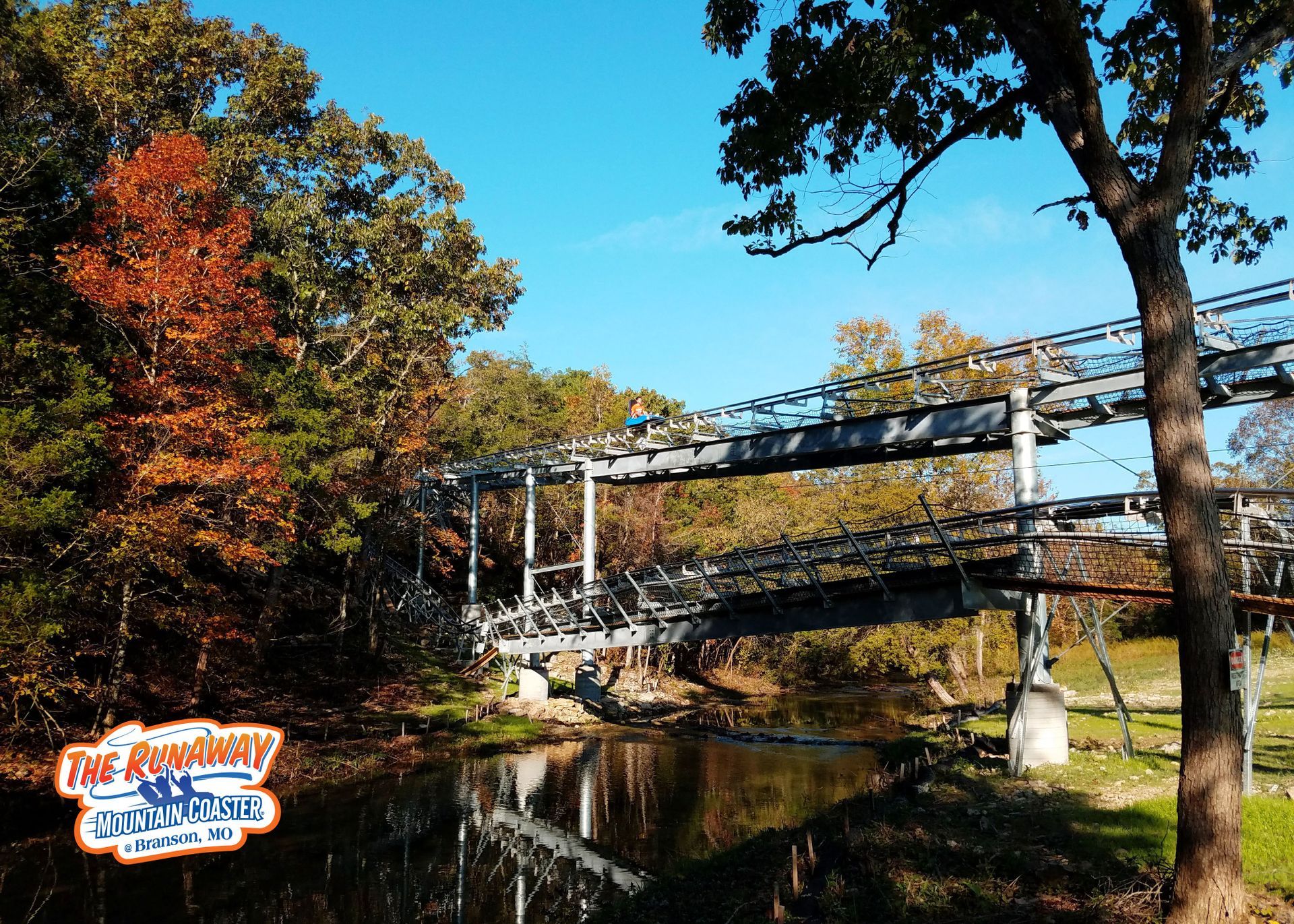

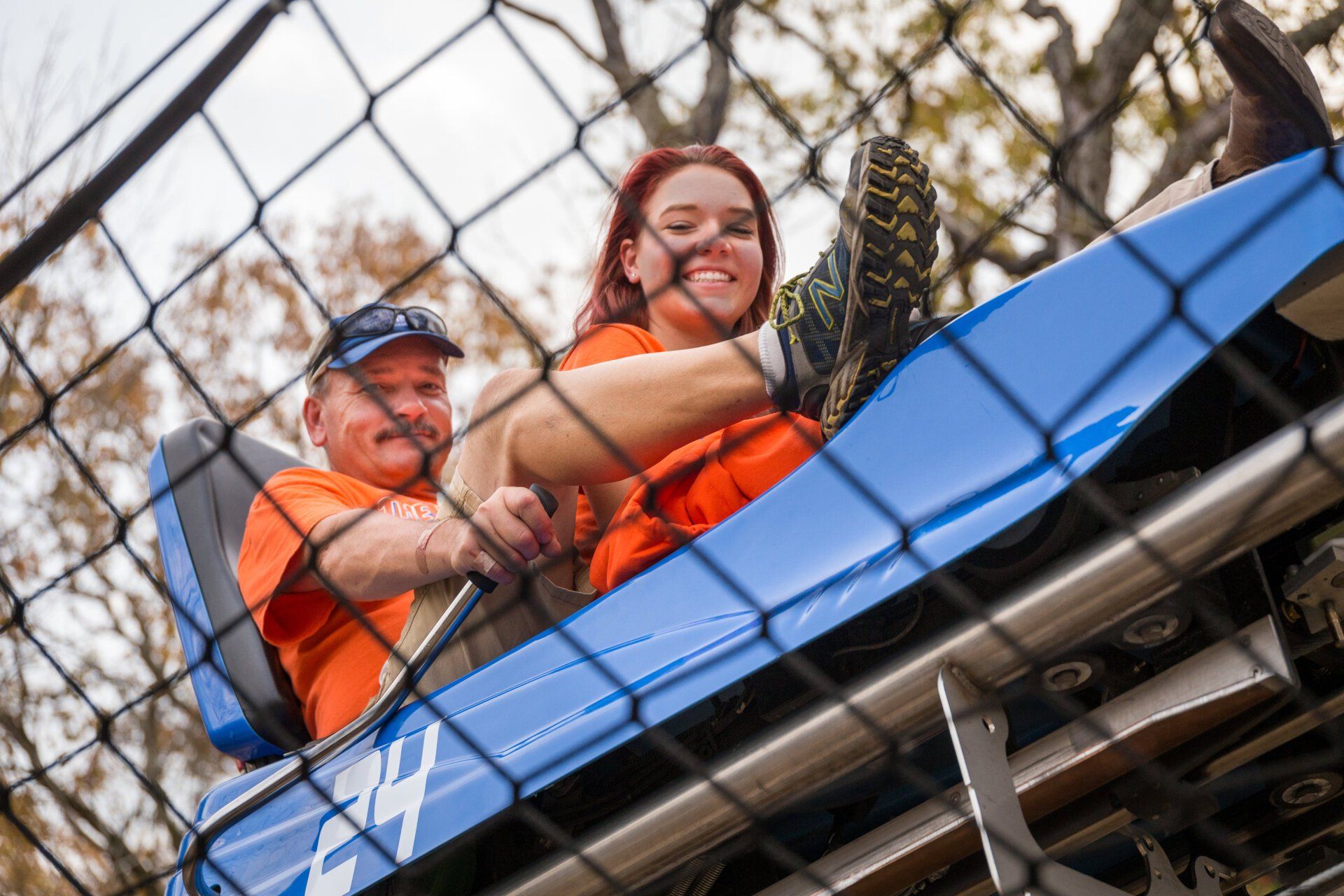
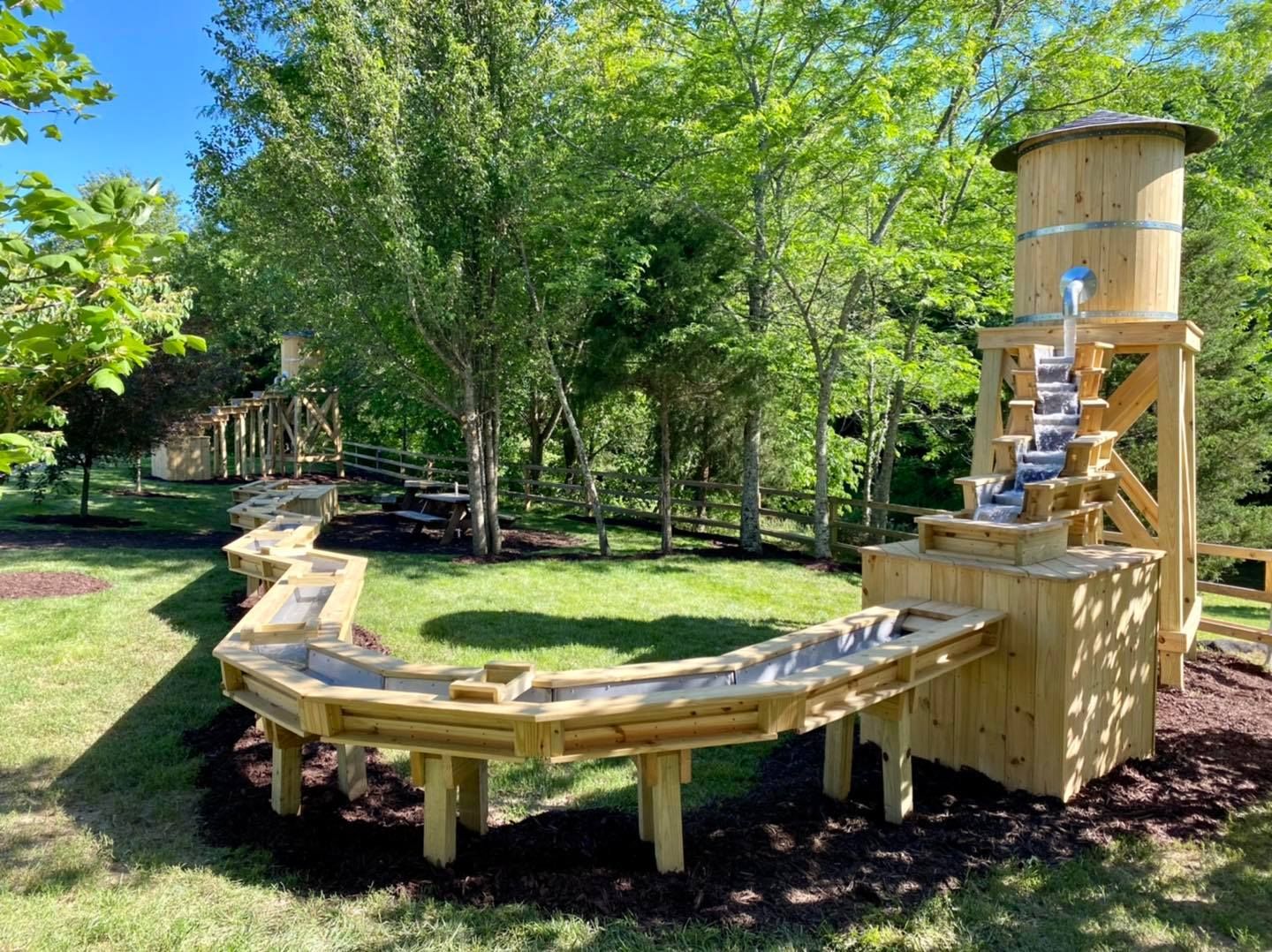

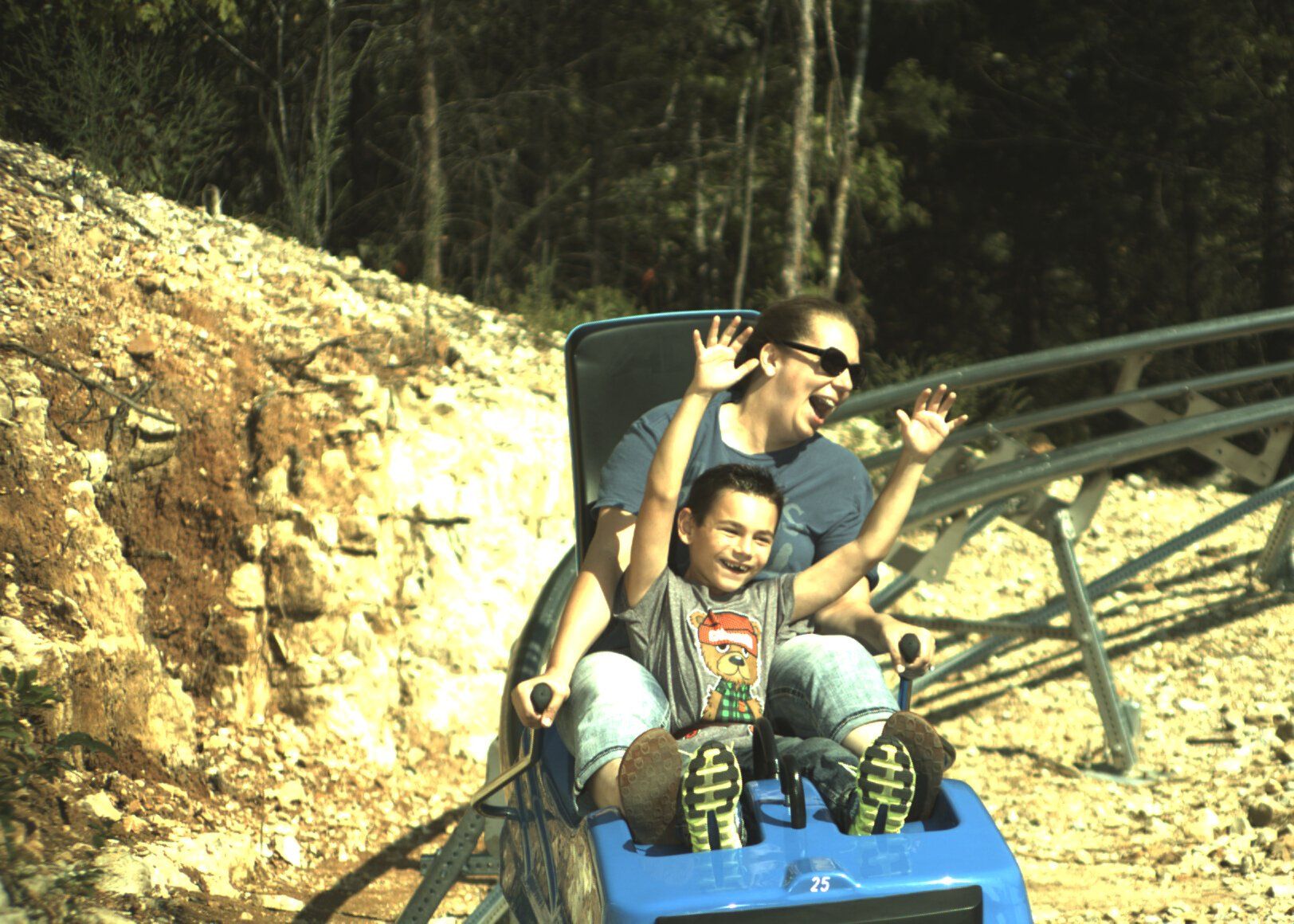
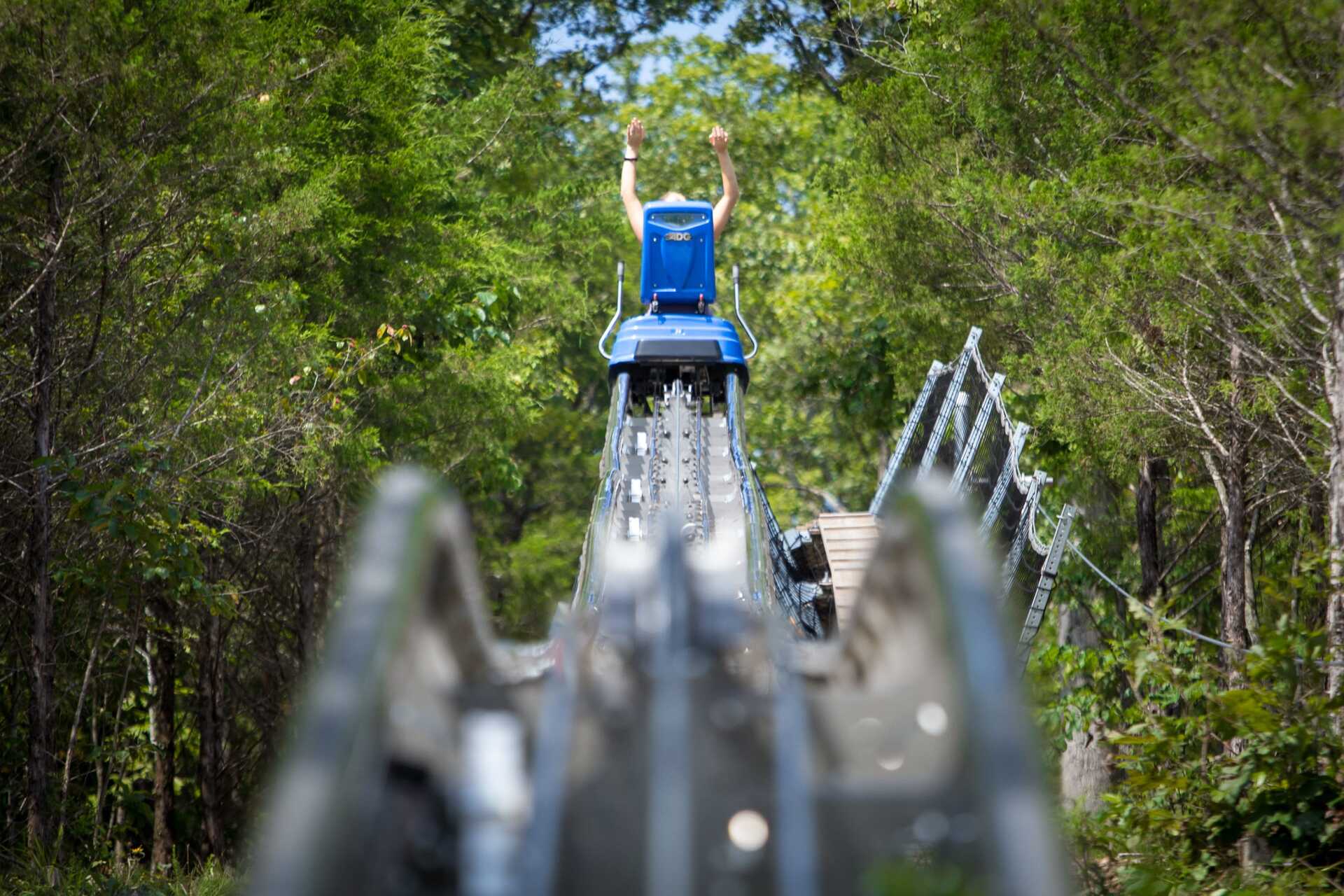


 by
by